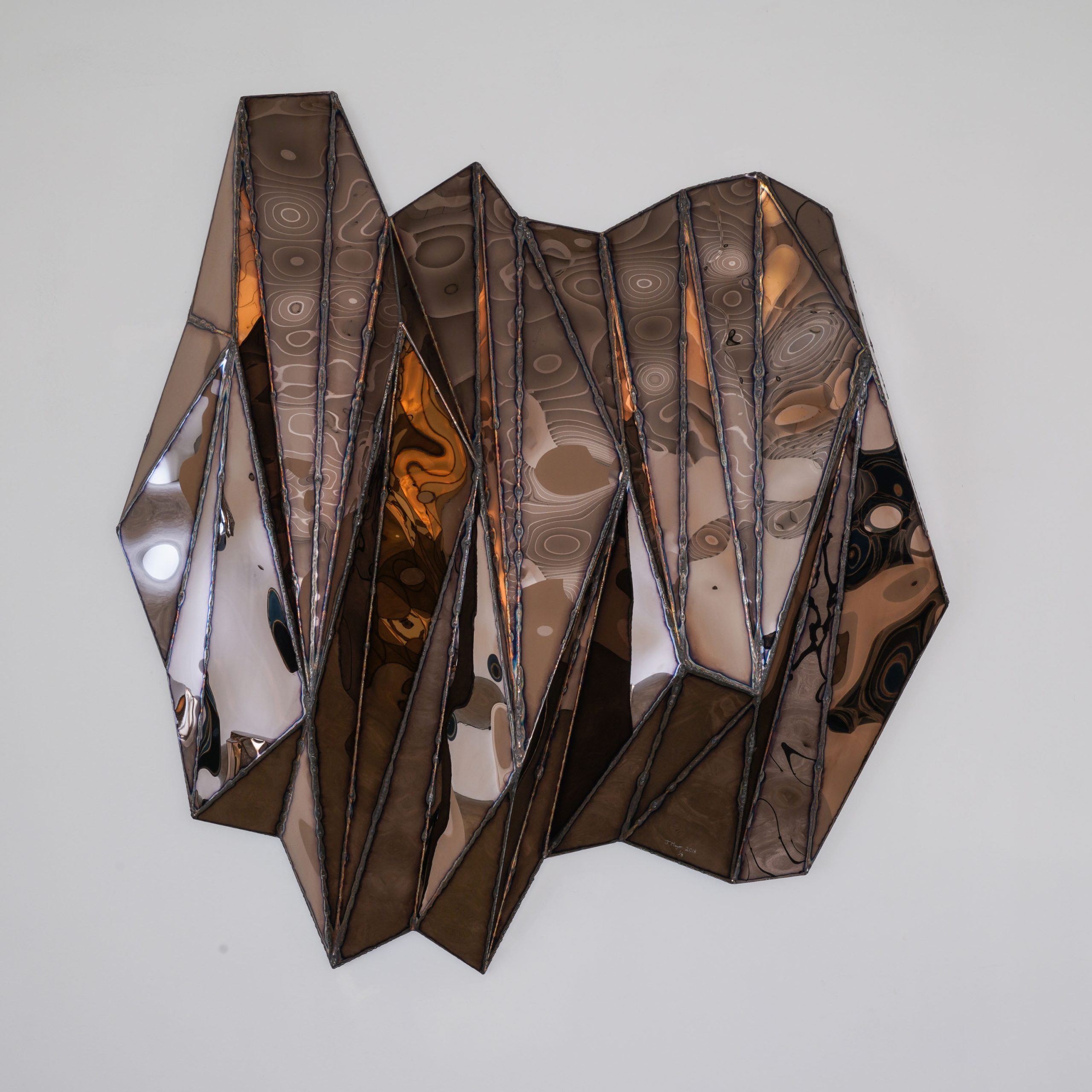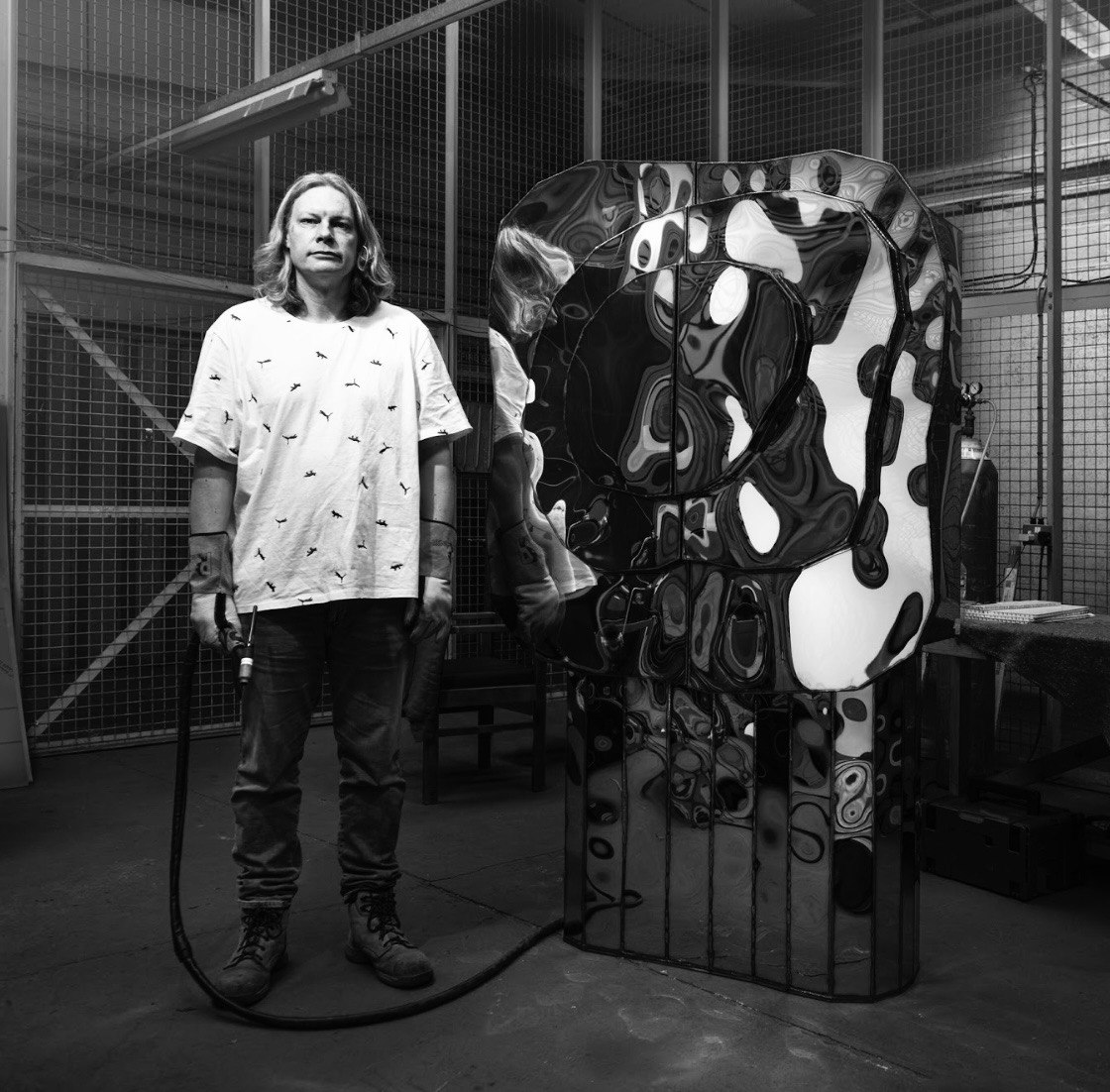
 +
+
Julian Mayor is a British artist and designer known for his sculptural works in welded sheet metal. Using high-tech design processes, the artist creates each piece digitally on a computer before building them by hand in his workshop. Born in 1976, Mayor graduated with a BA in Industrial Design from the University of Northumbria in 1998, followed by an MA from the Royal College of Art in Design Products under Ron Arad. After graduating in 2000, he moved to Northern California and worked for a design consultant agency as a product and interior designer. By 2004, Mayor returned to London to work for UK-based agencies, including Pentagram, and collaborated with British designer Tom Dixon. The artist’s work has been exhibited at the Victoria & Albert Museum London, the Museum of Arts and Design New York, MUDAC Lausanne Switzerland and the Yorkshire Sculpture Park UK. He has installed a permanent series of sculptural benches in a park behind the Tate Britain in Pimlico, London. Mayor lives and works in Doncaster, South Yorkshire, UK.
“I’m interested in how light and shade allow a form to be read, making work that is interesting from all angles, and creating surfaces that act as a foil to differing daylight conditions and throughout the seasons. I want to create art that is monumental but also approachable and involve the viewer in a visual dialogue in terms of scale and an interaction with their surroundings” – Julian Mayor
Projects
2025 – ‘Tree’ Memorial Sculpture, Versoix, Switzerland
2025 – ‘Portal’ public sculpture for Doncaster, UK
2021 – ‘Bird’ sculpture selected for ‘A Sculpture for Yorkshire’ Yorkshire Sculpture Park, UK
2019 – Collaboration with Artnet and Dobel tequila shown at Art Basel Miami Beach
2005 – ‘Regency Benches’ public art project behind Tate Britain London
2003 – ‘Migration’ video shown at Whitechapel Art Gallery, London
2000 – ‘Like Rain’ installation, Royal College of Art gallery, London
Solo/Duo Shows
2024 – ‘Julian Mayor and Mats Wieslander’ T5 Gallery, Gothenburg, Sweden
2023 – ‘Reflections’ Pilevneli Gallery, Bodrum, Turkey
2020 – ‘Sensitive Energies – Julian Mayor x Alix Waline’ Galerie Armel Soyer, Paris
2019 – ‘Julian Mayor – Distortional Rythym’ The New Gallery West Hollywood, LA
2018 – Solo show at Gallery Elle Zurich, Switzerland
2017 – ‘Julian Mayor and Richard Hoglund’ Galerie Flore de Brantes Brussels
2014 – ‘Julian Mayor – Organic Geometric’ Galerie Armel Soyer, Paris
2013 – Solo exhibition at Interart Sculpture Park, Netherlands
2008 – ‘Burnout – Julian Mayor and Kin Wah Tsang’ FAT Galerie, Paris
2008 – ‘Julian Mayor’ Twenty First Gallery, Chelsea, NYC
2004 – ‘Moon Over Water’ Taverna Especial gallery, London
Group Shows
2023 – Show with Frank Nitsche Pilevneli Gallery, Istanbul, Turkey
2021 – ‘Genius Loci’ exhibition at L’Ange Volant, Paris
2018 – ‘Master Room’ Astrid Maillet-Contoz Geneve, Switzerland
2018 – ‘Keep Calm and Summer On’ Mazel Galerie Singapore
2017 – ‘Holiday House’ group show St Johns Wood, London
2016 – ‘Raw Nature’ with Casa Vogue, Dilmos Gallery Milan
2009 – ‘New Works No.1’ FAT Galerie, Paris
2007 – ‘DesignArt’ Modernground Brompton Road, London
2007 – ‘Julian Mayor – New Work’ presented at Rossana Orlandi Milan
2005 – ‘Clone’ Nog Gallery, London
Institutional Exhibitions
2022 – ‘A Chair And You’ MUDAC Lausanne, Switzerland
2019 – ‘Form.Print’ Towson University Gallery Maryland, USA
2019 – ‘The Chair As Artwork’ National Museum of Latvia, Riga
2014 – ‘International Design’ Pushkin Museum Moscow, Russia
2014 – ‘Gathering’ Design Museum Holon, Israel
2013 – ‘Out of Hand’ Museum of Art and Design (MAD), New York
2013 – ‘Rossana Orlandi Gallery at Bagatti Valsecchi’, Milan
2012 – ‘Space Oddity’ Le Grand Hornu Belgium
2010 – ‘Ospiti Inaspettati’ (Unexpected Guest) Museo Poldi Pezzoli, Milan
2009 – ‘Telling Tales’ Victoria & Albert Museum (V&A), London
2008 – ‘Nature En Kit’ MUDAC Lausanne, Switzerland
Art Fairs
2024 – Design Miami Los Angeles with Twentieth Gallery LA
2018 – TEFAF Maastricht art fair with Galerie Flore de Brantes Brussels
2018 – Collectible NYC art fair with Twenty First gallery NYC
2017 – PAD Paris with Galerie Armel Soyer
2015 – Design Miami Basel with Galerie Armel Soyer
2014 – ‘Parallax’, Design Miami Basel with Galerie Armel Soyer
2010 – ‘Now:Art of the 21st Century’ Phillips de Pury & Company, NYC
2006 – ‘Displacement’ installation, ICFF, NY
2004 – ‘Moon Over Water’ installation, Tokyo Design Week
Education
1998 – 2000 – MA Design Products, Royal College of Art, London, UK
1994 – 1998 – BA Product Design, University of Northumbria, Newcastle, UK

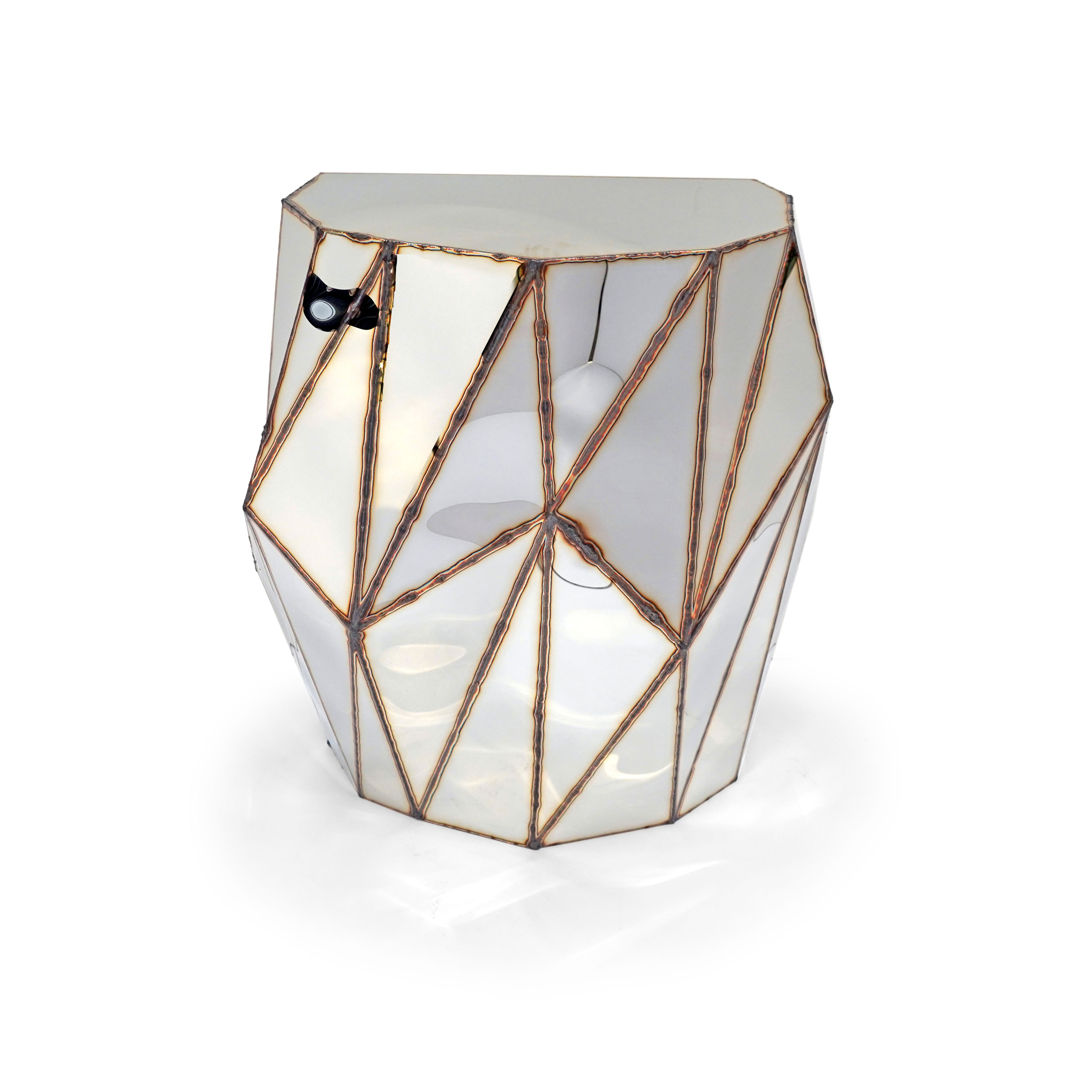
Rough Split Console (5 of 9)
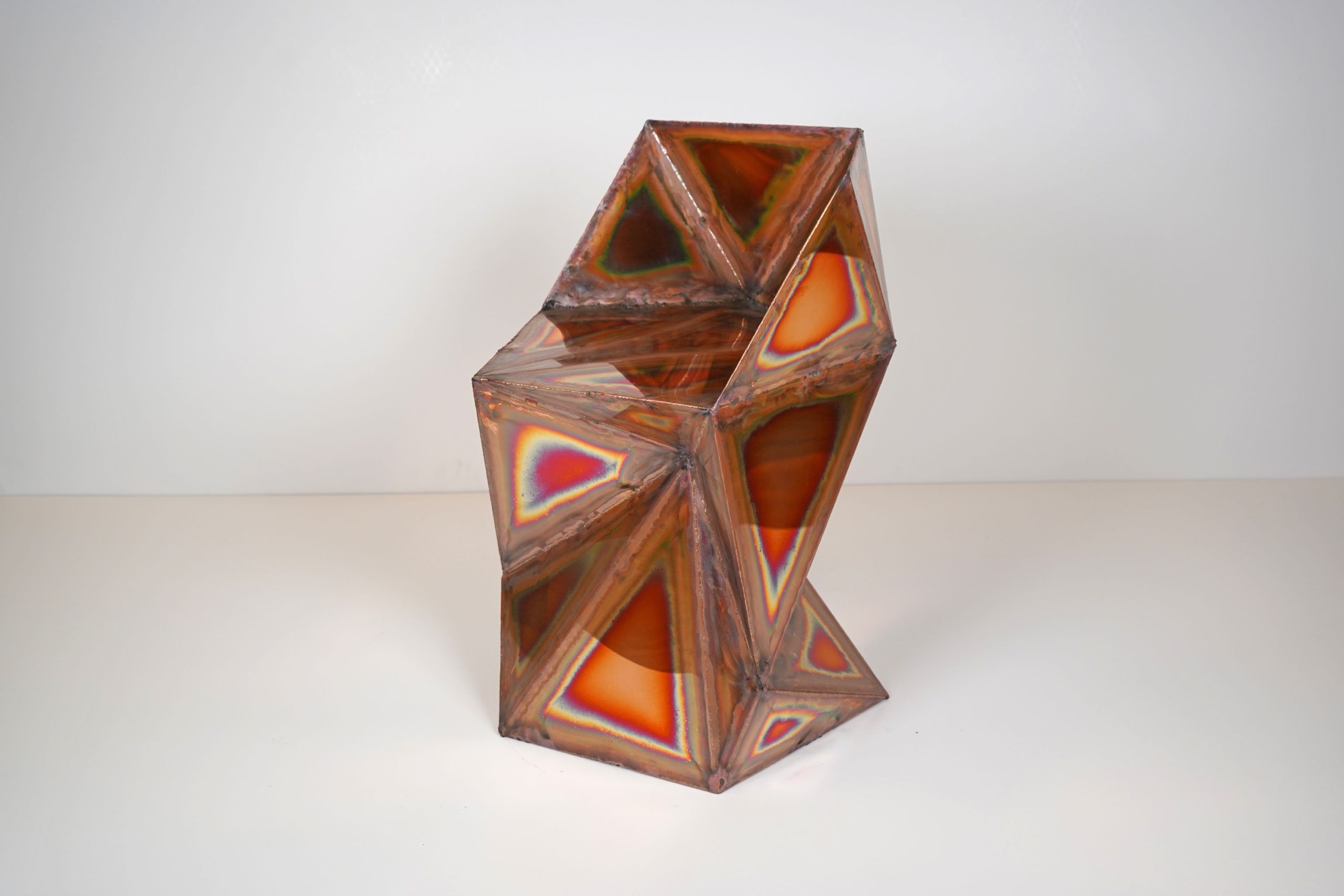
Rook Chair Copper 2020 (9 of 9)
2019
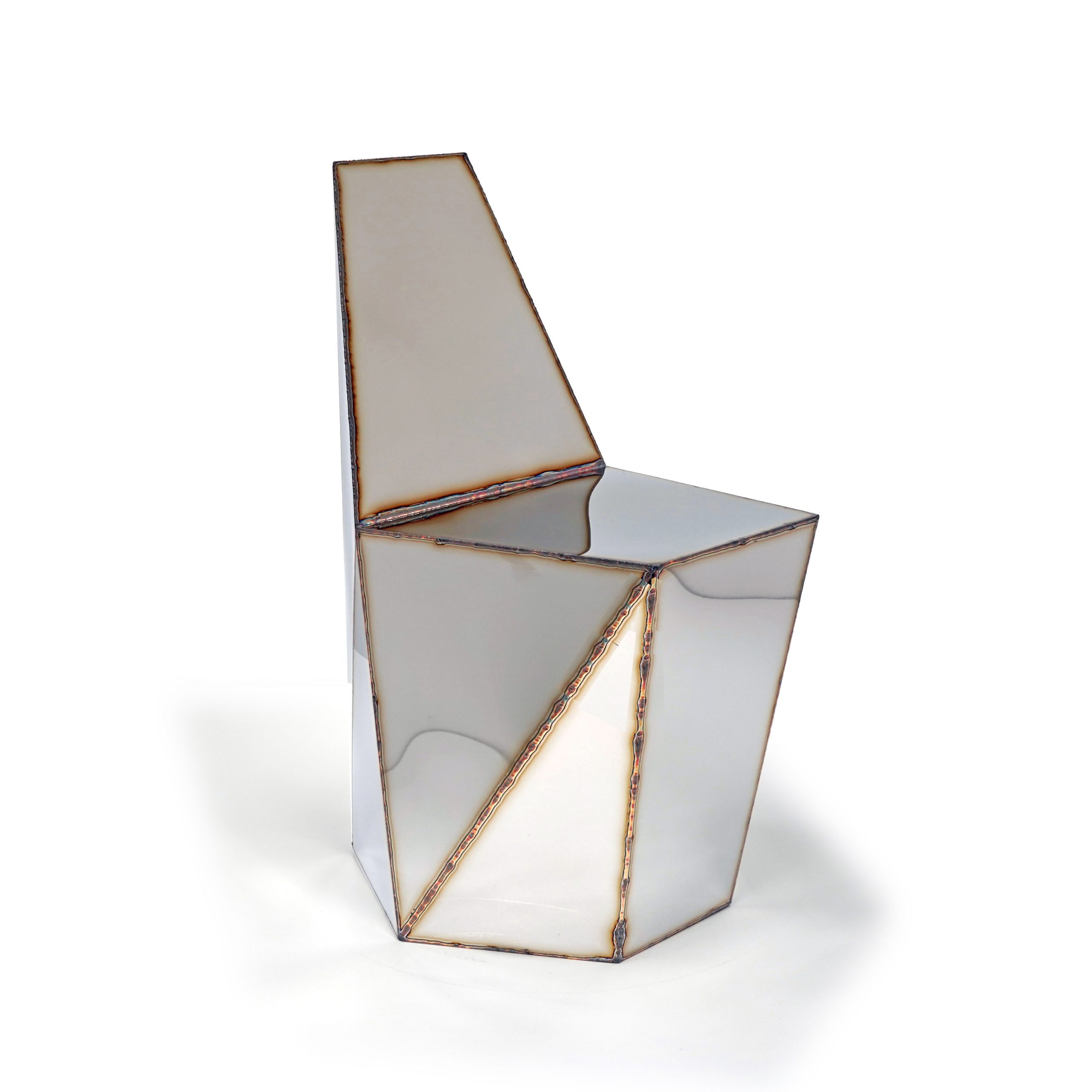
Hex dining chair 2018 (8 of 9)
2018
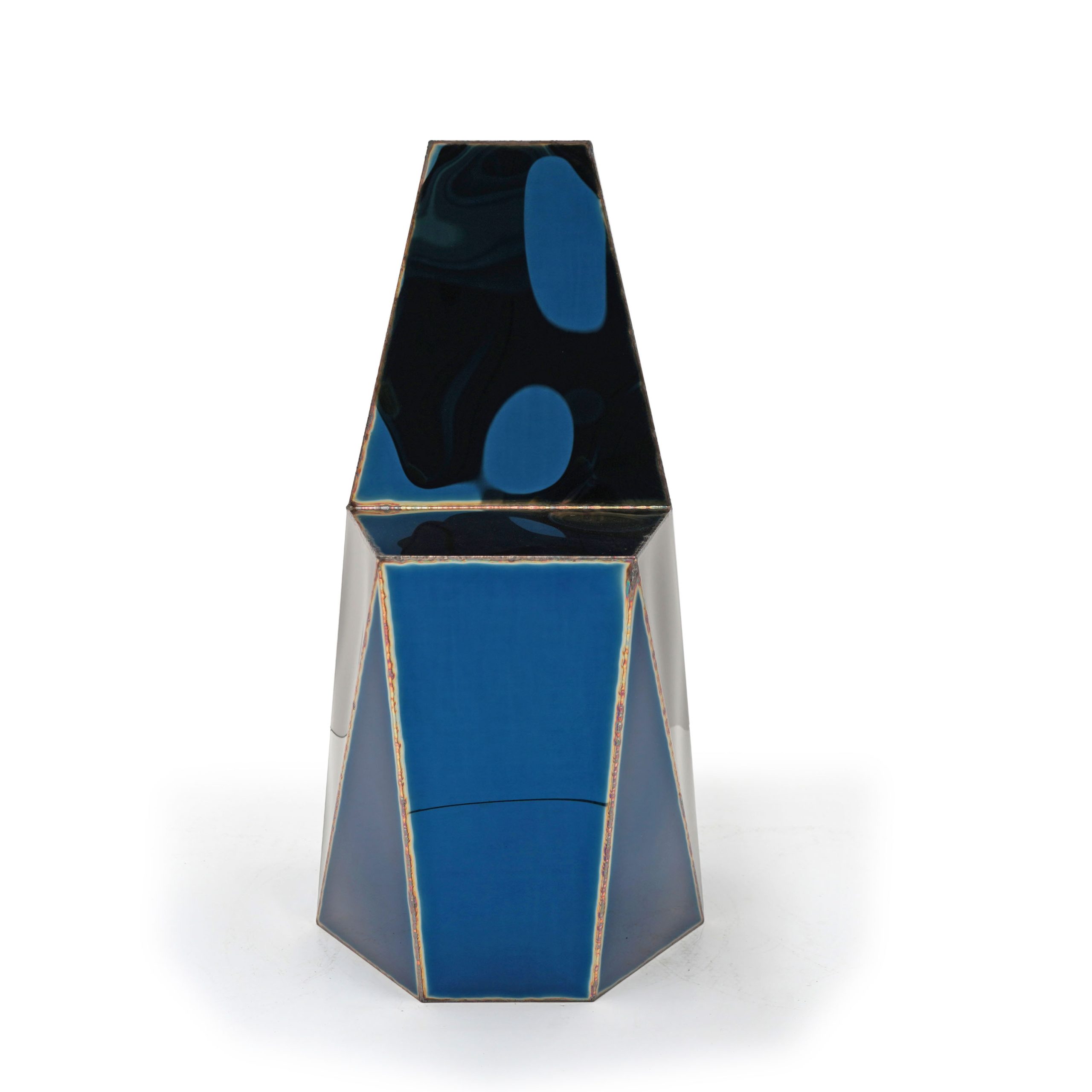
Hex dining chair 2018 (Blue Colour / 7 of 9)
2018
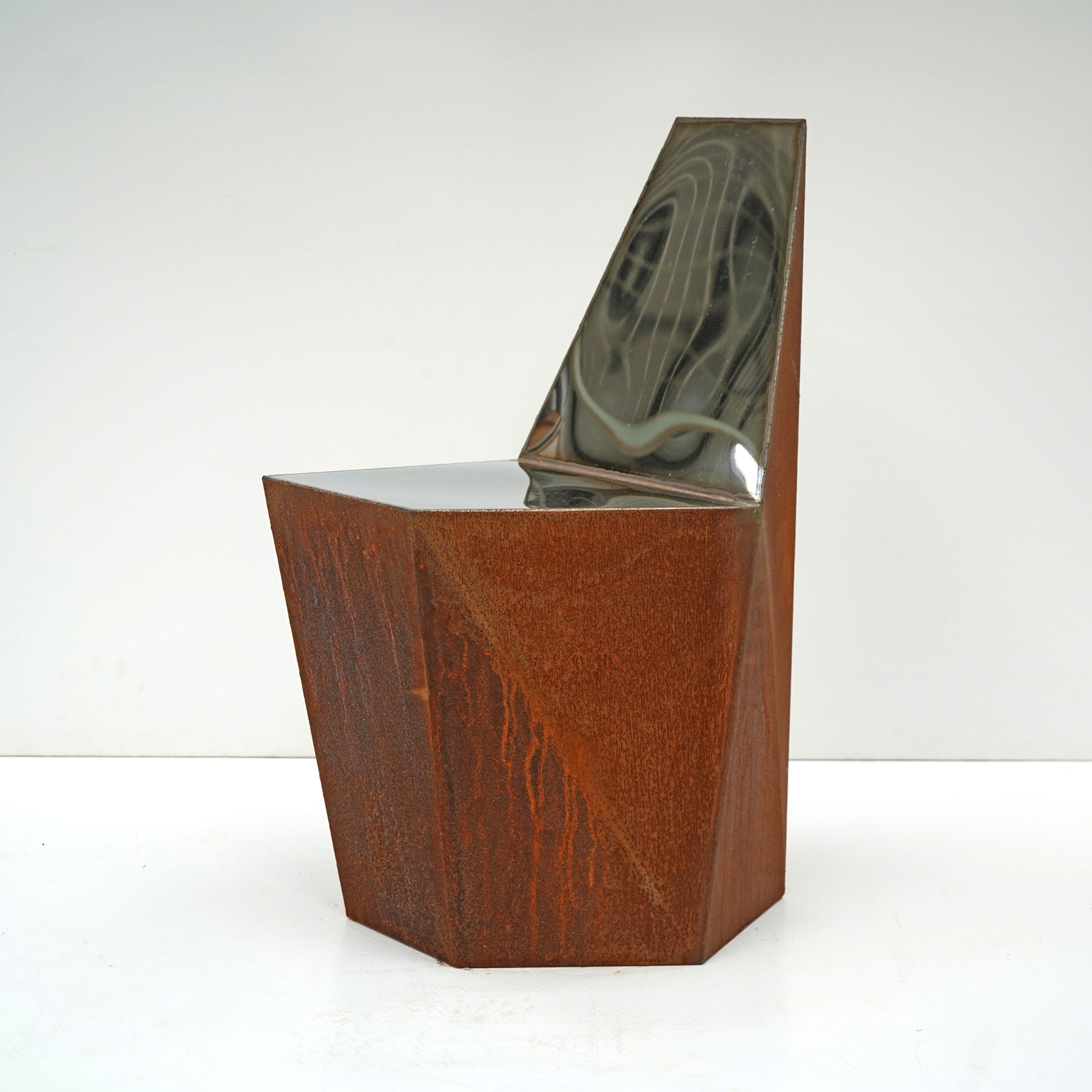
Corten Hex Chair (6 of 9)
2023 (2018)
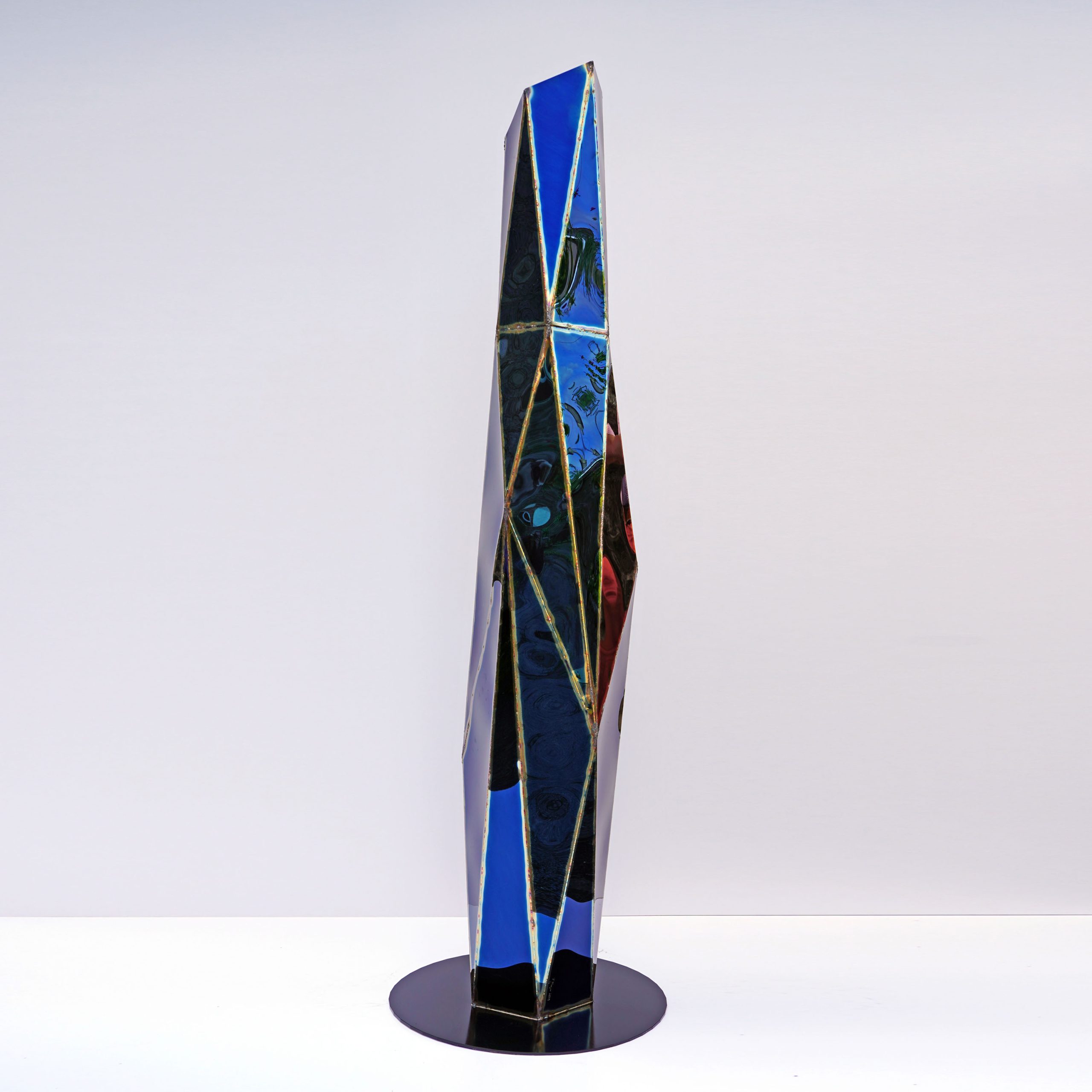
Pawn floor lamp ‘king’ (Blue Colour / 3 of 9)
2019
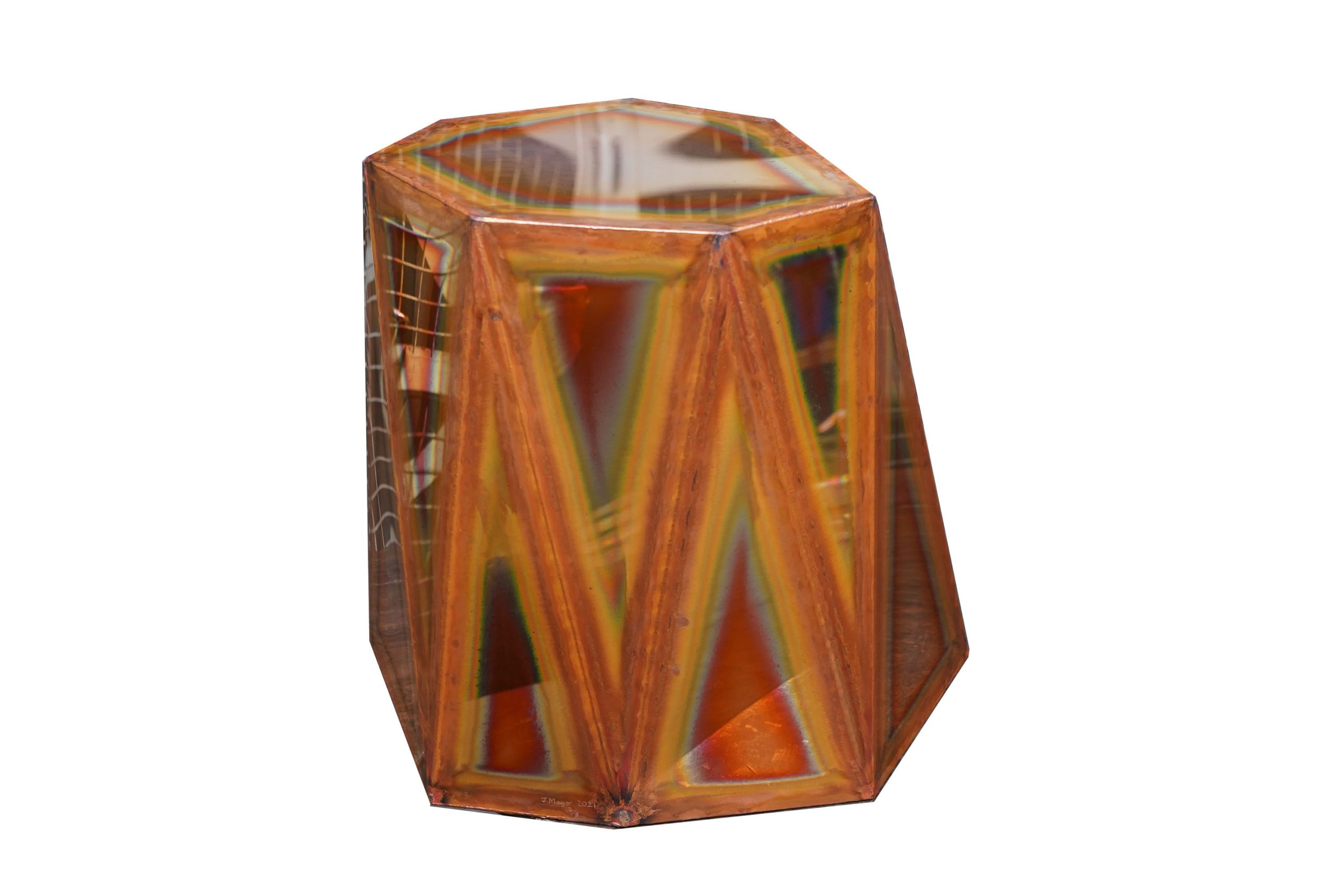
Geiger Side Table Copper (2 of 9)
2021
